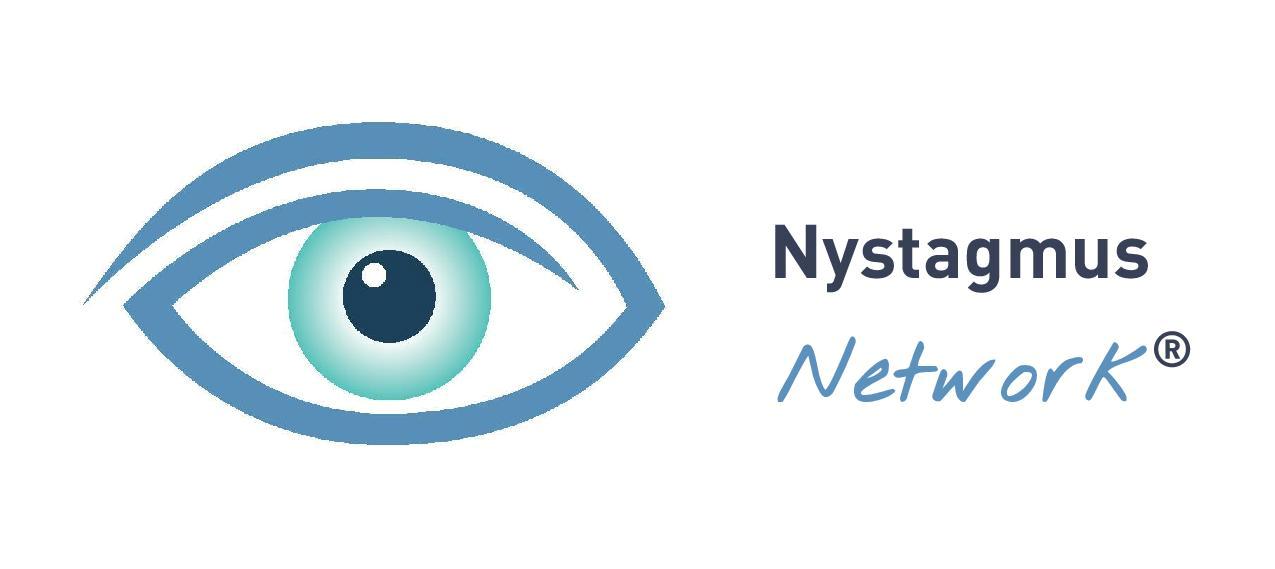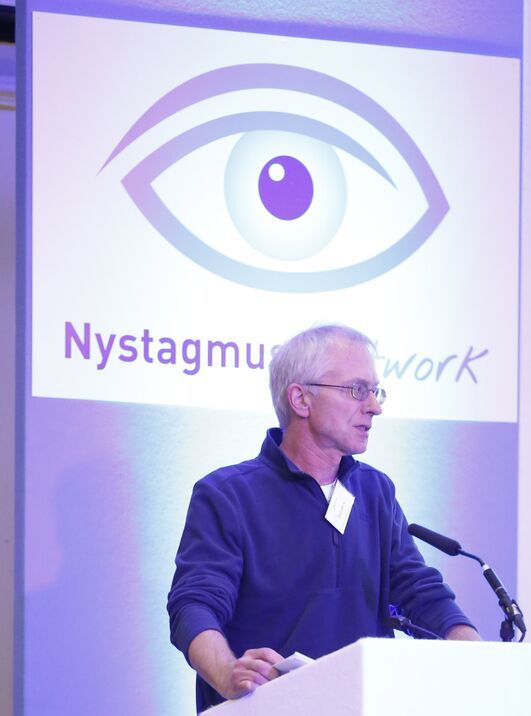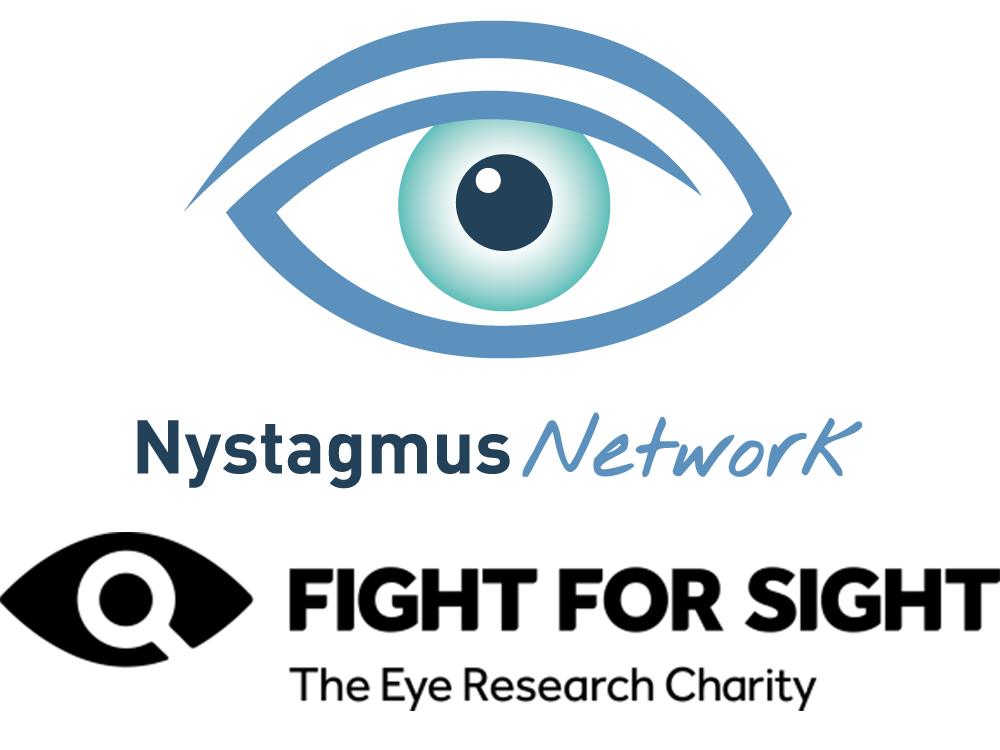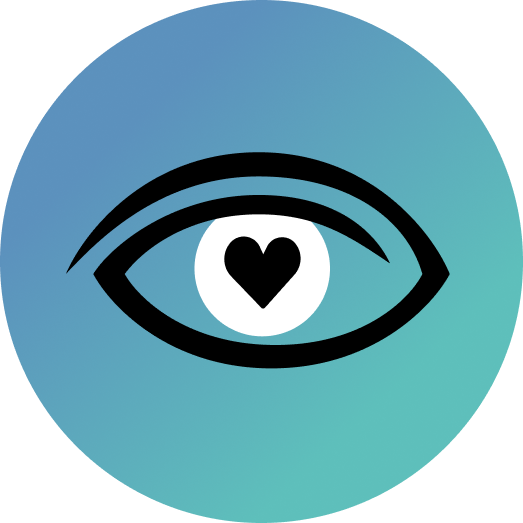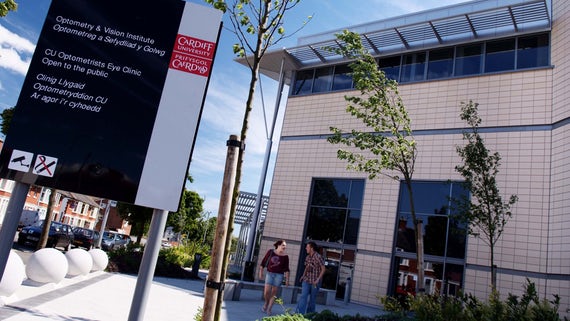The Nystagmus Network was privileged and proud to be joined at Open Day 2017 on 30 September by representatives from the 6 UK centres of excellence in nystagmus research.
Each team presented news of the latest developments over the past year and highlighted work in progress for the future.
We were delighted to have John Sanders with us again at Open Day, this time representing the work of Professor Chris Harris, Professor of Neuroscience at Plymouth University. John has been involved with Chris’s work on the Nystagmus Care Pathway project.
Here is John’s report:
Thank you for the opportunity to say a few words about the Nystagmus Care Pathway. I’m standing in for Professor Chris Harris who has done most of the work along with his orthoptist colleagues in Plymouth.
I’d like to explain three things:
1) what the pathway is
2) why it’s a good idea
3) what stage it’s at now.
- Firstly – what is it?
The Care Pathway is a set of suggestions for hospital staff and other professionals about what to do when a patient has nystagmus. For instance:
- The pathway recommends which diagnostic tests to carry out (these may differ from case to case).
- The information to give to the family and/or patient.
- How to minimise the impact of nystagmus and treat any associated conditions.
The professionals involved will include ophthalmologists, orthoptists and optometrists. An individual pathway may also bring in neurologists, paediatricians, imaging teams, genetic specialists, vision scientists, VI teachers, counsellors, rehab workers and others.
Basically, the Pathway is a set of minimum standards.
- Secondly, why do we need a Care Pathway?
The evidence gathered by the Nystagmus Network over decades suggests that, in some cases at least, what happens in eye hospitals isn’t what patients expect, especially in terms of diagnosis, support and information.
That said, we know that some hospitals provide a very good diagnostic and information service. So one aim of the Pathway is to make sure that what the best hospitals do already happens in all hospitals.
This should lead to better outcomes for everyone with nystagmus. By better outcomes we mean things like confidence, happiness, school work and ultimately life chances – as well as treatment where that may help.
So, the Pathway is a good idea because it’s what many of you want.
- Where are we now?
At the moment, the Care Pathway is only a proposal. We expect that BIOS, the professional body for orthoptists, will publish the proposed Pathway on its website shortly. That should get people in the medical world talking about the Pathway. And hopefully, before long, hospitals will start using it.
In the meantime an early version of the Pathway is available. Please note that the Pathway has been updated and amended since this version was published in 2015.
Conclusion
To sum up, the Pathway should ensure that everyone diagnosed with nystagmus has a minimum standard of care.
Or, to put it another way, we can already do a lot to help people with nystagmus. The Pathway should make sure that everyone gets that help.
